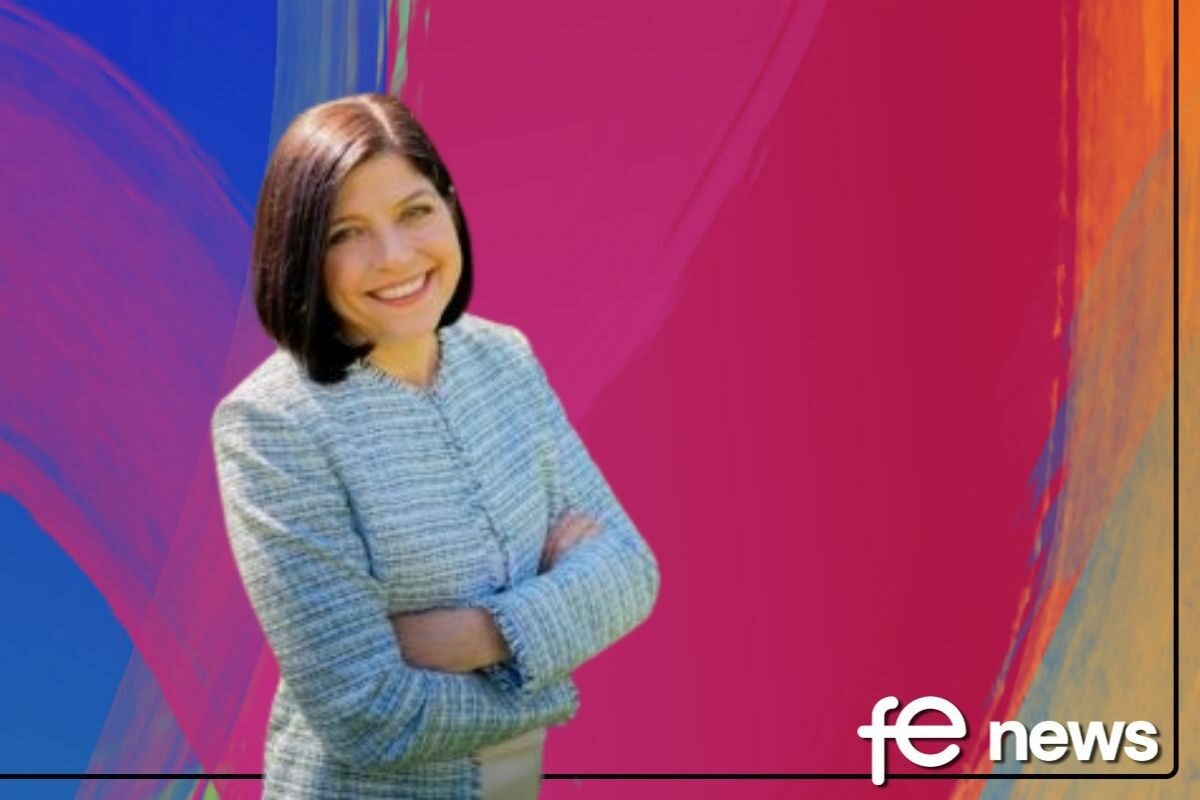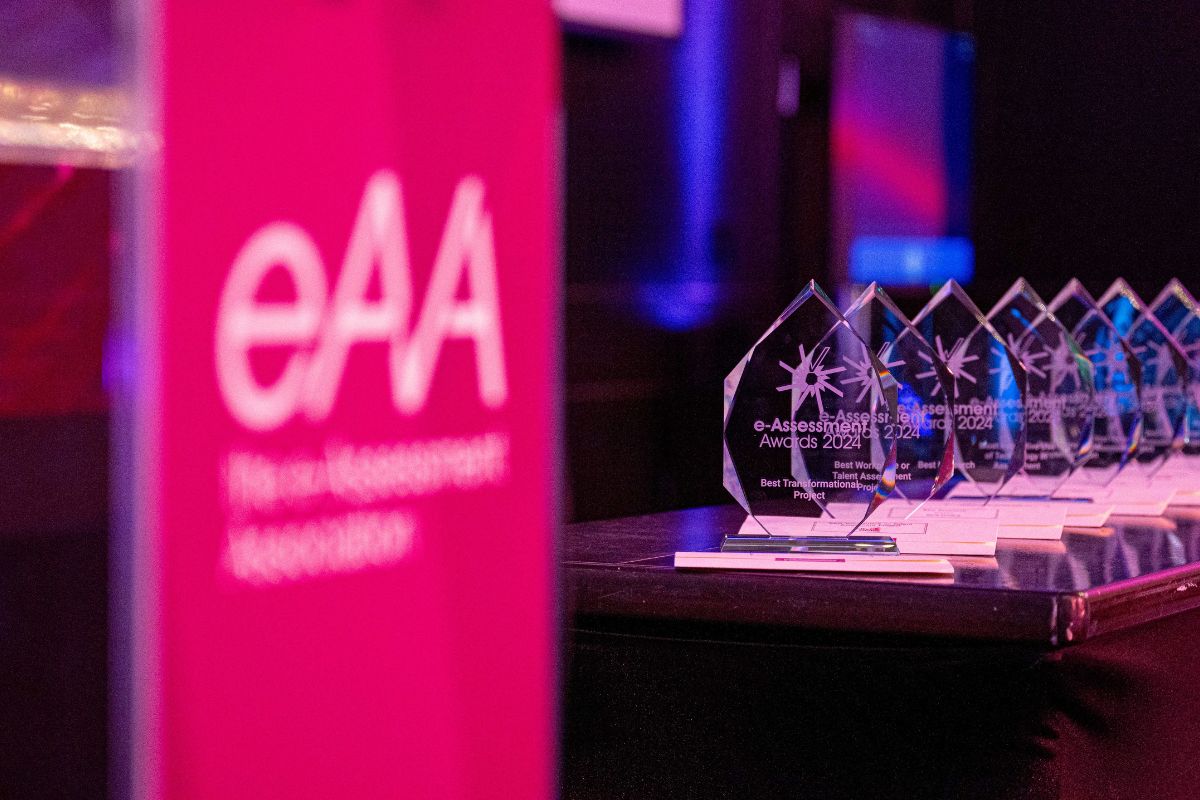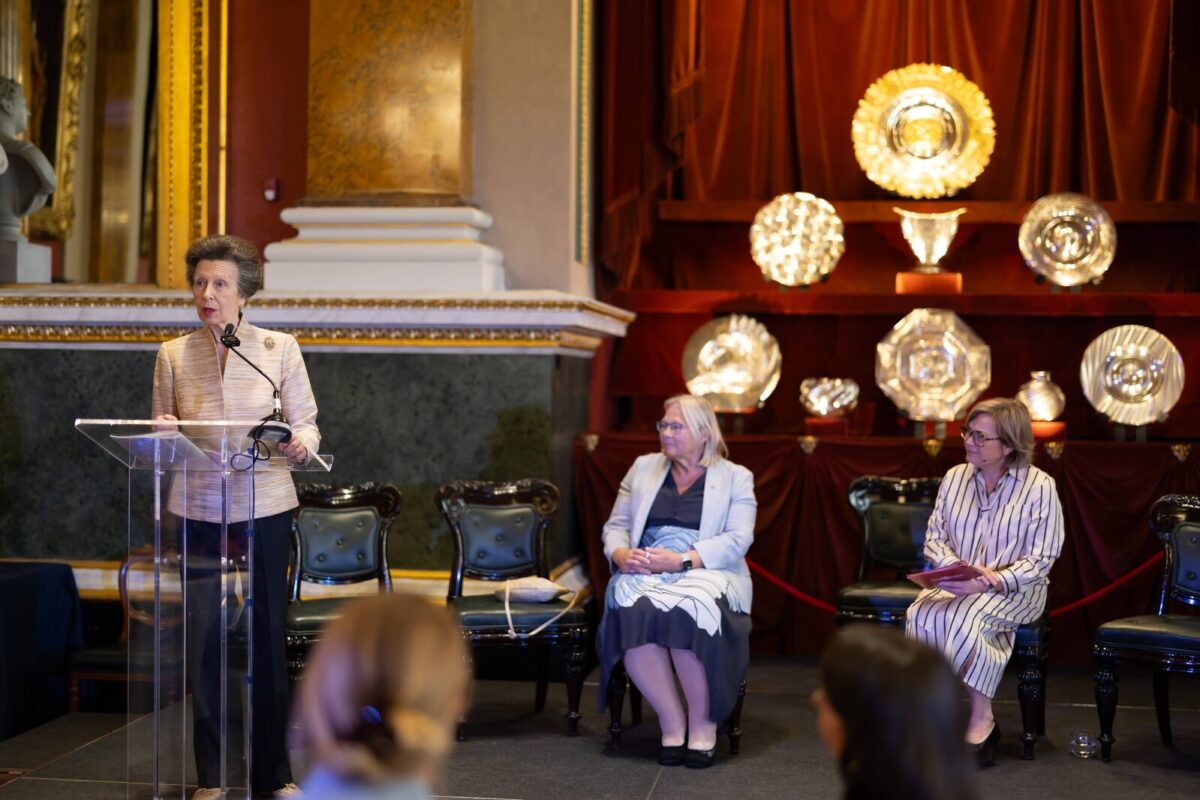Rethinking Education: the keys to unlocking equity and inclusion

Narrowing the education equity gap and accelerating learning are top of mind for many educators around the world. The pandemic continues to challenge student achievement, hitting the most vulnerable learners the hardest. While these are difficult obstacles to address, designing learning that works effectively for all learners regardless of identity, mobility, ability, income or location, enables every student to unlock their potential and improve their life chances.
Mind the literacy gap
The pandemic has had a huge impact on the education sector, and due to school closures and irregularity of lesson time, basic literacy has become a chief concern. Studies have shown more than one in three children who started school in the pandemic need intensive reading support, and a recent report from the National Foundation for Educational Research has found that negative impacts on reading progress from school closures were the greatest among Key Stage 1 pupils, particularly those in Year 1. Worryingly, these statistics don’t highlight the impact on progress for those who are neurodiverse learners. Clearly, efforts to improve literacy will be most effective if they follow the principle that when learning is designed for everyone, including those with learning challenges, all students benefit.
Changing the narrative
For the tides to truly turn, two elements are essential. First, organisations need to have the right tools in place to enable change and shift the narrative for those who are neurodiverse. Second, change needs to happen at scale. A great example of this is the recent introduction of the Dyslexia Bill that has been introduced in the UK to offer universal dyslexia screening for primary school children. If this initiative becomes policy, it will be a strong step forward toward supporting dyslexic learners at scale in the UK.
An organisation that has worked to help the world understand, value, and support people with dyslexia since long before this initiative was introduced is Made by Dyslexia. Founded by successful dyslexics, their mission is to train every teacher and help every workplace to spot and empower every dyslexic mind. Microsoft and Made by Dyslexia have partnered to create training materials for the classroom to give teachers the tools to recognize the signs of dyslexia and help them encourage students to make the most of their unique skills. Additionally, Microsoft has developed tools like Reading Coach, Reading Progress, and Immersive Reader to help students of all abilities learn in the best ways for them. More specifically, Reading Coach encourages readers by automatically generating exercises based on the specific needs of each student. Immersive Reader supports students with text read aloud in multiple languages, which can help language learners, increase reading speed, and build confidence. In addition, tools that support well-being and give teachers a deeper understanding of how their students feel include Reflect and Insights in Microsoft Teams for Education.
One of the key ways to work toward true inclusion in education is to have non-stigmatising methods and tech that support students with learning differences that also benefit all learners. Tools like Reading Coach do exactly this, and also save teachers time so they can focus on connecting with and supporting their students.
Equity and inclusion are at the heart of all education, technology can support unlocking learning superpowers so educators can reach all learners in the classroom effectively. If we don’t intentionally include the risk is to unintentionally exclude – let’s go beyond remediation and towards acceleration.

Paige spoke about rethinking education at Bett 2022 in March










Equity and inclusion are at the heart of all education. Does this imply targets not yet achieved in a notional mission of NASA-like proportions not yet accomplished – rather than the current status of ‘all education’ ? Think about a segment this way: education as a Saragasso Sea of planning documents, diverse values, and human intentions: to be the best, climb the ladder, get that management job (less teaching), bully the new kid, stay awake, annoy the supply guy brought in at short notice, get someone to check your latest A-level essay, mark another ninety books before Monday morning, keep the non-teaching spouse happy, and, oh yeah, remember what the History class did last Tuesday and whether there’s time to briefly revise a few pointers.
The Saragasso Sea is bounded by four currents, its maritime inhabitants recognisable via scientific nomenclature. Education seems richer, deeper, and more difficult to explore. Where do its boundaries start and end – the latest brain research, genetics, an overloaded curriculum, unconcerned parents, or strong traditions within teacher education?